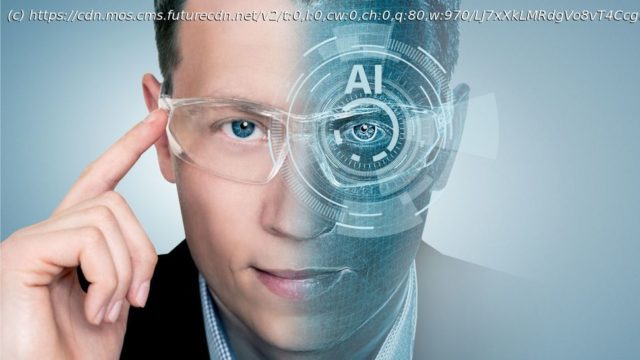How XR and AI will continue to unlock new possibilities
Many popular technologies today are the product of several technological and economic factors converging at the right time. A recent example is the rise of generative AI, which rapidly transitioned from an emerging technology to mainstream phenomenon, sparking revolutionary changes across various industries and societies.
Similarly, extended reality (XR), which includes augmented reality (AR), virtual reality (VR), and mixed reality (MR), has long been touted to transform immersive experiences on devices. While adoption among consumers is steadily increasing, the true impact of XR to date has been seen across a variety of business use cases, including training, manufacturing, communication, content creation and retail.
According to the PWC “Seeing is Believing Report”, the growing adoption of XR technologies across businesses could boost global GDP by US$1.5 trillion, which is nearly 2 percent of overall GDP. Through integrating XR into their processes, businesses will see significant productivity and efficiency improvements, along with substantial time and cost savings.
While challenges around wider XR adoption still exist, the tech industry is making great strides to address them, paving the way for XR to become a more mainstream technology, not just for businesses but for consumers too.The XR challenges and how the industry is addressing them
One of the primary computing challenges with XR has always been meeting the power efficiency requirements of small wearable devices that need to be always-on. Some early XR wearable devices suffered from short battery life while untethered, limiting their practicality for extended use. The industry has responded by investing in advanced battery technologies and power management systems, leading to more efficient, longer-lasting XR wearables.
Early XR wearable devices also faced security and privacy challenges. Initially, businesses were hesitant to adopt the devices due to potential vulnerabilities in data handling and encryption. However, with the integration of enhanced encryption protocols and secure data management practices, XR devices are now far safer and more secure.






